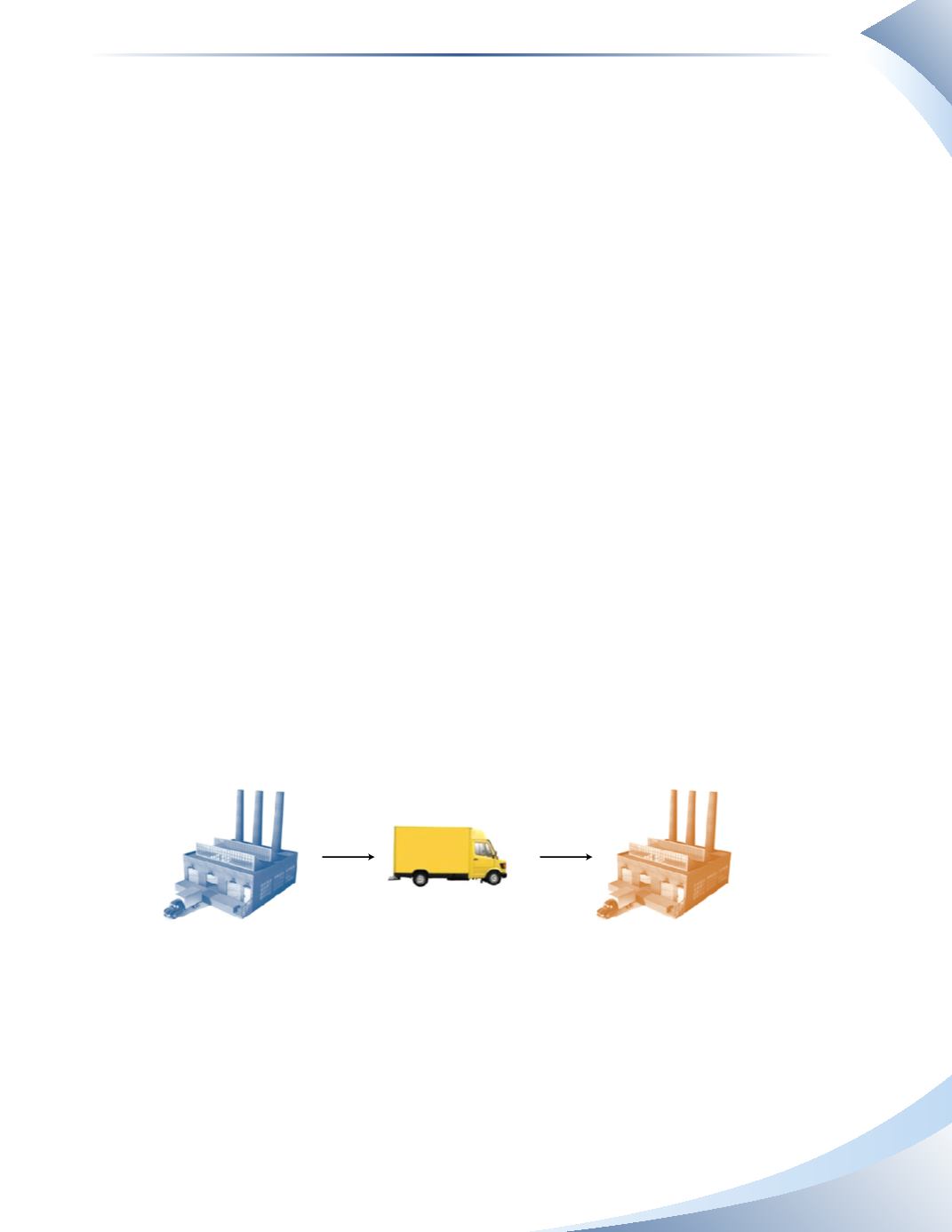
Chapter 7
Inventory: Merchandising Transactions
179
Freight Cost
When one company purchases goods from another, the items purchased must be transported from
the seller’s place of business to the buyer’s place of business.There are a number of ways to transport
goods (sea, rail, truck, etc.).The selling company may have its own fleet of vehicles to deliver goods
to customers, or it may use a common carrier. A common carrier in this context is a company that
provides shipping services to the general public. Examples include railroad or trucking companies.
In addition to arranging transport of the goods, at some point ownership of the goods must be
legally transferred from the seller to the buyer. The term used to determine when ownership of
the goods changes hands is called the FOB point. FOB stands for Free On Board. There are
two possible FOB points: FOB shipping point and FOB destination. Each of these points have
implications regarding who pays for shipping, when ownership passes from the buyer to the seller
and who bears the risk for the goods during transport.
FOB Shipping Point
FOB shipping point indicates that ownership of the purchased items changes as soon as the goods
leave the seller’s place of business. In other words, ownership changes at the point when shipping
begins. In this case, a common carrier is often used to deliver the items to the buyer. The buyer
will pay for shipping and is responsible to insure the items while they are in transport. If anything
were to happen to the items while they are being transported, the buyer bears the risk of loss.
The seller records revenue earned and the buyer records an increase to inventory as soon as the
goods are loaded on the truck (or other transport).The buyer also includes the shipping cost in the
value of inventory.The reason the buyer includes shipping costs in inventory is that the value of the
goods must include all costs (such as transportation) that are incurred to get the goods ready to sell.
Figure 7.11 illustrates who pays the shipping costs.
Seller
FOB Shipping Point
(buyer pays)
Carrier
Buyer
FOB Destination
(seller pays)
______________
FIGURE 7.11


